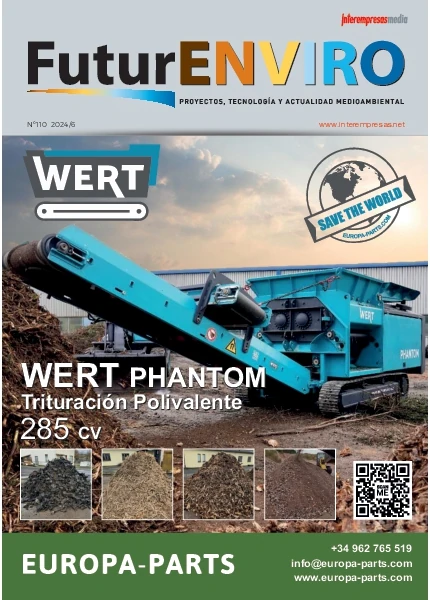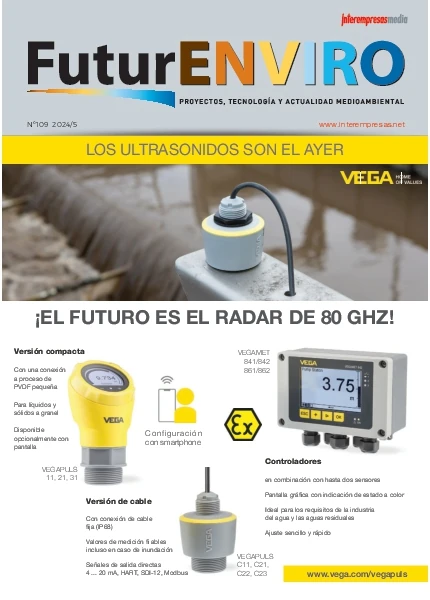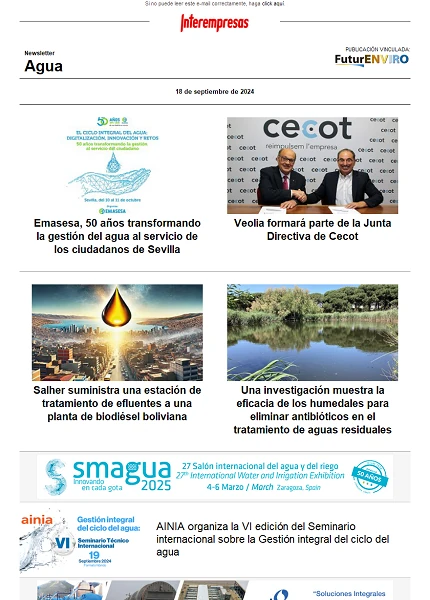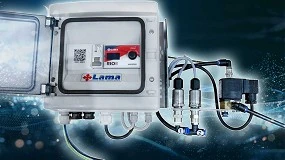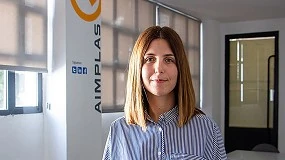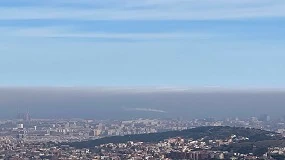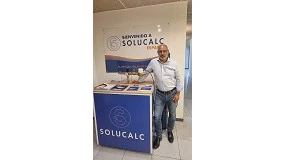The plant of treatment of Sant Joan Despí, Barcelona heritage
on January 28, 2011
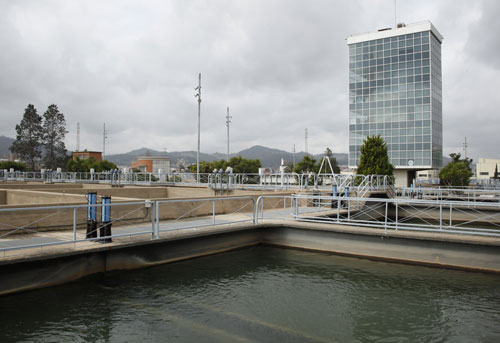
In the thirties of the last century, the city of Barcelona and its environs, such as L'Hospitalet or Badalona were still supplied only water from underground wells of the rivers Llobregat and Besòs and one to another catchment in gallery located in Dosrius and del Vallès. However, in the 1940s, demand began to rise steadily and in 1954 were already distributing 275.00 m3 of water. Groundwater does not endure long strong industrialization of the area, nor its recent high demographics.
The most plausible option for the time were the surface flows of the Llobregat River, on what the General Society of Aguas de Barcelona requested a grant of 2.2 m3 per second, and the same year, 1954, would already be ready the first stage of the plant of treatment of Sant Joan Despí. After some expansions and additional concessions, the initial plant came in 1962 to 5.3 m3 per second flow. In 1968 will reach the 500,000 m3 per day, which is why the Ministry of public works began the hydrographic Confederation of the Eastern Pyrenees, the construction of a pipeline that would run from the Ter River to Barcelona, at the same time of the construction of treatment plant located in Cardedeu.
Currently, more than three million people benefit from this water, but need to know which is the limit of the capacity of the existing supply and that by its characteristics it is quite 'hard' water and a high salinity.
Much water has run to be able to drink
In particular, the modern treatment plant located in the town of Sant Joan Despí, since its inauguration in the 1950s is has been eager to their times always in order to meet the commitment to supply and health guarantee that citizens of the region deserve.
A couple of years, in 2009, was in service a treatment using 'ultrafiltration and reverse osmosis membranes' of a fraction of the treated water. This technology "enables compliance with the health limit for trihalomethanes thanks to the almost total elimination of organic and inorganic precursors which lead to the generation of these compounds," as explained Oscar García Suarez, director of Marketing and communication of Aguas de Barcelona.
So that the water pass of the Ter River or of the Llobregat and is ready to be pumped up to the Catalan homes must be captured directly from the River through a few bars formed by a set of bars of reinforced concrete. These bars are some excavated galleries that carried up to the 'Etap', the pair to avoid the sedimentation of particles. Then comes the process of dredging that it seeks to eliminate the gravel and thick water sands while stepping up the speed of its passage, thus facilitating the sedimentation of suspended sands. Later, there will be the first pumping in two wells in six groups with axial and semiaxiales pumps that elevate the water up to 11 meters. In these cameras, is added the coagulant of aluminium salts which binds the particles to be able to be separated by gravity. Then, in a few drains him put of chlorine dioxide disinfects and oxidized harmful such as iron and manganese metals.
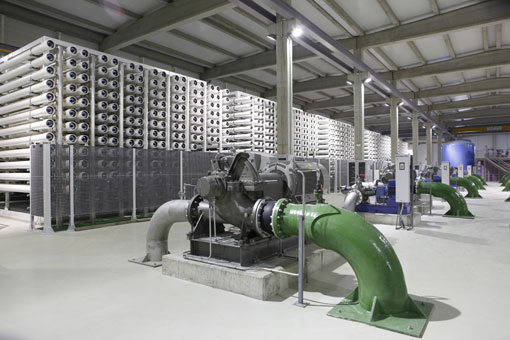
Just then, occurs the second pumping through four "screw of Archimedes' that guarantee the flow by gravity of water, and with this, is separated into two separate lines, one for his treatment by ozone and active carbon filtration and the other for filter through 'membranes of ultrafiltration and reverse osmosis'.
The first discharge treated with ozone allowed to improve the organoleptic conditions of water (color, taste and smell). Also has effects biocides and oxidants. After the ozone, will come the activated charcoal granular that it will retain the organic compounds that have been cast, as well as metal oxides such as nickel. The other part, and following the legal regulations, it is with technology of membranes that retain all bacteria, but not viruses. Then, nine bombs carrying water to two warehouses of 1600 m3 of capacity.

To this already almost safe for human use water still need to balance her calcocarbónicamente and shall be final chlorination. Finally, the flows accumulate in two deposits of 4,000 m3 they will transport the water to the knots of the distribution network and it will be promoted to the power stations of Cornellà, Relleu (in Sant Joan Despí) and Gavà.
The treatment plant of Sant Joan Despí also has an annex of laboratories where physical and chemical analysis are practised to control the quality of the water in crude oil, intermediate stages and the final. For all this strict procedure he was awarded in December 2009 certification 'iso 22000' resulting in the incorporation of a structured model of preventive management of the health risk in the food industry.
An educational space open to the community
By adhering to the high school demand to visit this Catalan plant, was established in 2004 the Espai Educatiu, a designed place for groups, with a few spaces designed to provide theoretical and experimental content.
This space, which is intended that students enjoy and learn from this process, annually hosts about 7,000 visitors from students of secondary education to university students.
That is why, the treatment plant of Sant Joan Despí stands as a valuable heritage of all people, both of Barcelona's metropolitan area, seeking to ensure sustainability, safety and the quality of the water they consume all who pass by this great Mediterranean city.



